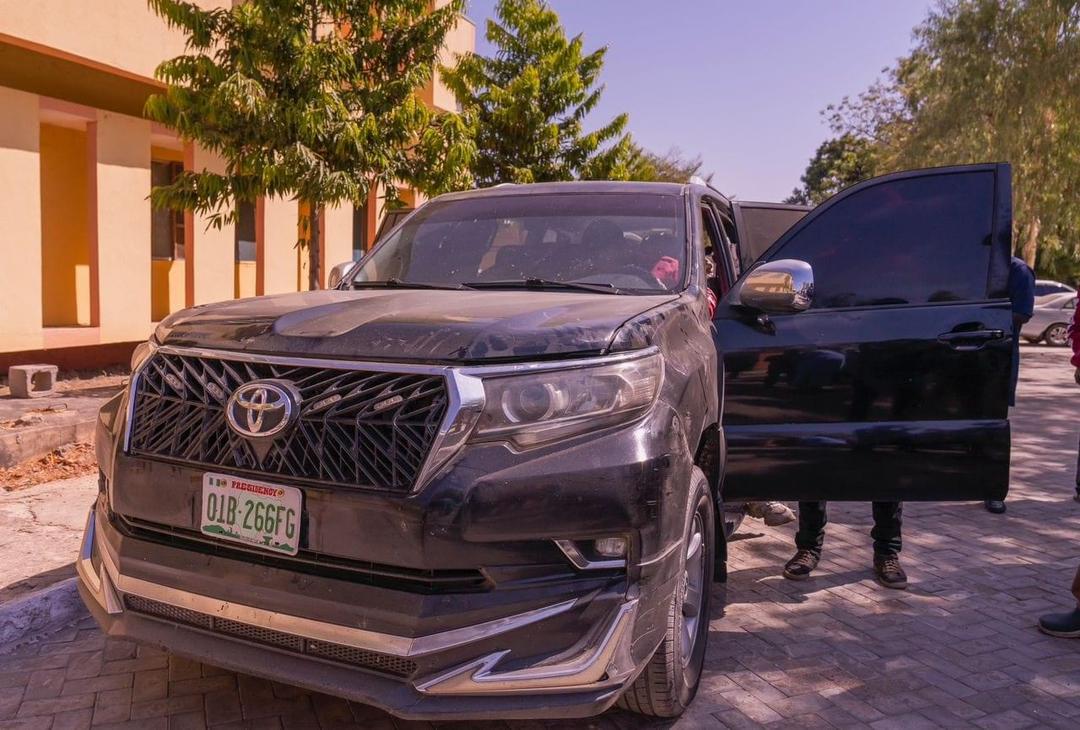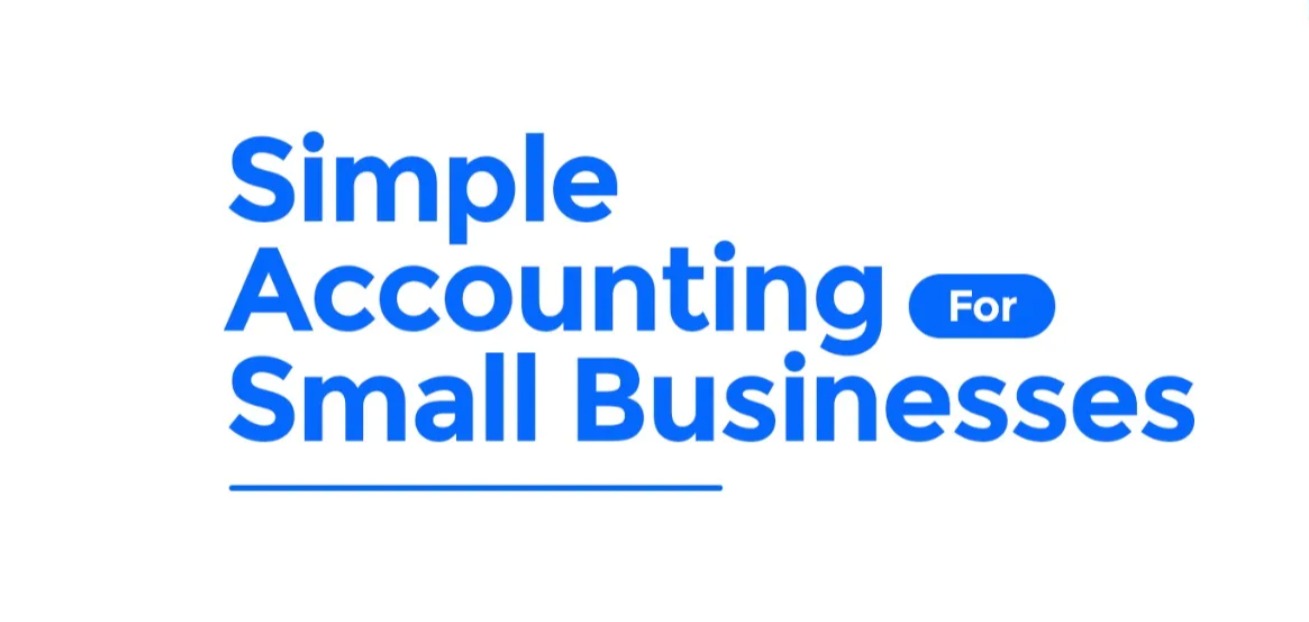A modern mine today is no longer just about trucks and drills. It’s cameras, data streams, and artificial intelligence (AI) working behind the scenes.
Mining safety is a matter of split-second mistakes, which can either cost a life or millions in operational downtime.
The truth is, mining hasn’t always been kind to its workforce. For decades, the industry has carried the dual burden of high fatality rates and massive economic losses due to human error, safety violations, and outdated oversight.
According to the National Institute for Occupational Safety and Health (NIOSH), more than 40% of the serious injuries in mining occur when workers are caught between machinery and power haulage equipment.
But the arrival of video analytics is rewriting that narrative of worker safety at mines at commendable speed.
 Gary Ng, CEO of viAct
Gary Ng, CEO of viAct“With AI and video analytics, the mining industry not just puts eyes on the ground but they reach for intelligence on the edge,” says Gary Ng, CEO of viAct, a pioneer in AI video analytics for high-risk industries. “Every frame of video captured in a mine can carry a life-saving insight or an operational goldmine.”
From Danger Zones to Data Zones: AI is Watching Out for Miners
Mining remains one of the most dangerous jobs, with fatalities still affecting the industry. From unplanned machinery movement to toxic gas exposure or poor PPE compliance, the risks are ever-present.
The CCTV cameras, once passive static observers, are now intelligent enough to detect any safety breach within seconds. With more than 100 AI Modules operating as required, the AI cameras today know when a worker isn’t wearing a helmet, when a loader comes too close to a pedestrian, or spot fatigue in a driver’s face before a collision.
Across the critical but rich-copper belts of Chile, the AI-driven video analytics feeds have helped reduce incident response times by 40% and elevated compliance in confined spaces to over 95%—without adding a single person to the safety team.
In South Africa, underground gold and platinum mines are continuously deploying video analytics to monitor structural integrity and worker positioning in real time.
The old assumption that “safety costs money” is being altered with the introduction of AI in mining safety. Reducing Serious Injury or Fatality (SIF) is now seen as the smartest business decision a mine can make.
The ROI of Seeing Clearly: Real-Time Vision. Real-Time Decisions
The value proposition for video analytics in mining safety isn’t just about avoiding accidents; it is also about building a smarter and more responsive mine.
There’s something raw and relentless about mining workplace safety challenges. It’s a high-risk industry that digs into the earth, but the real danger often lies above ground and mostly in its blind spots.
In 2024, a gold mine located in Western Australia implemented AI-powered video analytics, especially to monitor vehicle blind spots and worker movement zones.
Within just six months, the system flagged over 1,200 proximity risks, prevented 14 potential collisions, and contributed to a zero-incident quarter, marking it a first in the mine’s decade-long operation.
What used to be manually reported “close calls” are now real-time interventions that save both lives and machinery.
“The idea that focusing on safety slows things down in productivity is a myth,” says Hugo Cheuk, COO at viAct. “When your AI systems detect risks automatically, your people can focus on performance.”
In another instance, a limestone mining operation in India integrated video analytics to monitor multiple mining sites at once. Over 18 months, the company reduced operational delays by 33% in one site, while reducing high-risk violations by 78% in another, all simultaneously.
This saved over $2.3 million in avoidable losses, with workers and supervisors reporting higher confidence.
AI in Mining Safety Is More Than Tech: It’s a Turning Point
Video analytics isn’t just changing how we monitor safety in the mining industry. It is about redefining how we manage risk, drive efficiency, and protect lives in one of the world’s most high-stakes industries.
The mines that are thriving today are no longer relying on luck, legacy SOPs, or delayed reporting. They are, in fact, operating with real-time vision, AI intelligence, and data that decides—all embedded in the very crux of their safety culture and operational effectiveness.
In the world of mining, where one misstep can halt a $500 million operation or cost a human life, the ability to see before something happens is no longer optional.
So the real question for every mining team isn’t “Can we afford to invest in video analytics?”—
It’s “Can we afford not to?”
Because the future of mining isn’t just automated.
It’s aware. It’s predictive. And above all—it’s visible.
Personality mention: Gary Ng, CEO of viAct
Gary Ng, CEO and Co-Founder of viAct comes with a background of building engineering who turned into AIpreneur with inception of viAct in 2016. He has 10+ years of experience in implementing technological innovations in construction industry. Before viAct, he was the Managing Director of 3D fashiontech EFI Optitex. Also rewarded as the best regional senior executive in NASDAQ listed technology enterprise Stratasys. With his ultimate strength of analytical thinking & strategic decision making, Gary was also the advisory board member for SXSV in his early career. Gary believes in the concept of transferring knowledge from experienced to youngsters and is a renowned academic professional. Currently he is a visiting faculty professional at The Hong Kong Polytechnic University. Gray is also an active public speaker & preacher of AI driven sustainability in workplaces.
![]()
The post Why Smart Mines Run on Video Analytics – Saving Lives & Millions appeared first on Tech | Business | Economy.

.png) 10 hours ago
4
10 hours ago
4










.png)




 English (US) ·
English (US) ·